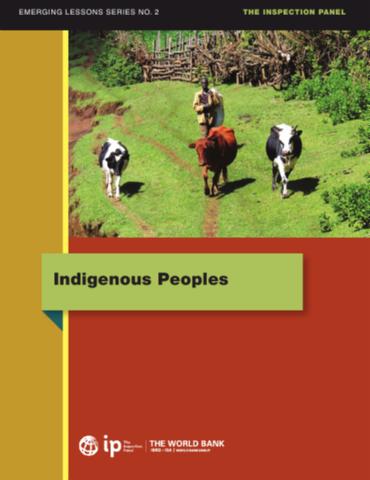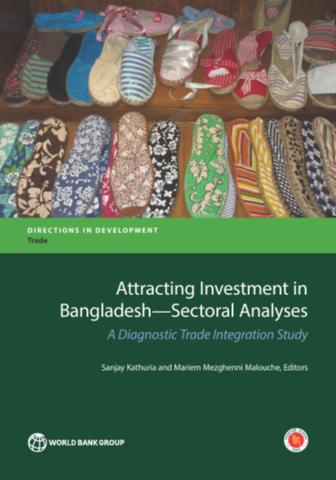The World Bank is a vital source of financial and technical assistance to developing countries around the world. We are not a bank in the ordinary sense but a unique partnership to reduce poverty and support development. The World Bank Group has two ambitious goals: End extreme poverty within a generation and boost shared prosperity.
- To end extreme poverty, the Bank's goal is to decrease the percentage of people living on less than $1.25 a day to no more than 3% by 2030.
- To promote shared prosperity, the goal is to promote income growth of the bottom 40% of the population in each country.
The World Bank Group comprises five institutions managed by their member countries.
The World Bank Group and Land: Working to protect the rights of existing land users and to help secure benefits for smallholder farmers
The World Bank (IBRD and IDA) interacts primarily with governments to increase agricultural productivity, strengthen land tenure policies and improve land governance. More than 90% of the World Bank’s agriculture portfolio focuses on the productivity and access to markets by small holder farmers. Ten percent of our projects focus on the governance of land tenure.
Similarly, investments by the International Finance Corporation (IFC), the World Bank Group’s private sector arm, including those in larger scale enterprises, overwhelmingly support smallholder farmers through improved access to finance, inputs and markets, and as direct suppliers. IFC invests in environmentally and socially sustainable private enterprises in all parts of the value chain (inputs such as irrigation and fertilizers, primary production, processing, transport and storage, traders, and risk management facilities including weather/crop insurance, warehouse financing, etc
For more information, visit the World Bank Group and land and food security (https://www.worldbank.org/en/topic/agriculture/brief/land-and-food-security1
Resources
Displaying 236 - 240 of 4906Competitiveness of South Asia’s Container Ports
South Asia’s trade almost doubled in the past decade, but the share of trade in GDP is still smaller (47 percent) than in East Asia (55 percent), and South Asia’s economic competitiveness continues to lag that of other regions. Part of the problem is the region’s container ports. As a result of inefficiencies, the average cost of exporting or importing a container in the region is more than twice what it is in East Asia. Better port logistics could help increase trade, diversify exports, attract more foreign direct investment, and spur economic growth.
Indigenous Peoples
The Inspection Panel was created in 1993 by the Board of Executive Directors of the World Bank to receive complaints submitted by people suffering harm allegedly caused by World Bank projects. This experience provides important lessons for both the Bank and for the global development community at large. The Panel therefore launched this series of publications to draw the main emerging lessons from its caseload.
How Much of the Labor in African Agriculture Is Provided by Women?
The contribution of women to labor in African agriculture is regularly quoted in the range of 60–80%. Using individual, plot-level labor input data from nationally representative household surveys across six Sub-Saharan African countries, this study estimates the average female labor share in crop production at 40%. It is slightly above 50% in Malawi, Tanzania, and Uganda, and substantially lower in Nigeria (37%), Ethiopia (29%), and Niger (24%).
Smallholders’ Land Access in Sub-Saharan Africa
While scholars long recognized the importance of land markets as a key driver of rural non-farm development and transformation in rural areas, evidence on the extent of their operation and the nature of participants remains limited. We use household data from 6 countries to show that there is great potential for such markets to increase productivity and equalize factor ratios. While rental markets transfer land to land-poor and labor-rich producers, their operation and thus impact may be constrained by policy restrictions.
Attracting Investment in Bangladesh—Sectoral Analyses
This is volume 3 of a three-volume publication on Bangladesh’s trade prospects. Bangladesh’s ambition is to build on its very solid growth and poverty reduction achievements, and accelerate growth to become a middle income country by 2021, and share prosperity more widely amongst its citizens. This includes one of its greatest development challenges: to provide gainful employment to the over 2 million people that will join the labor force each year over the next decade. Moreover, only 54.1 million of its 94 million working age people are employed.










